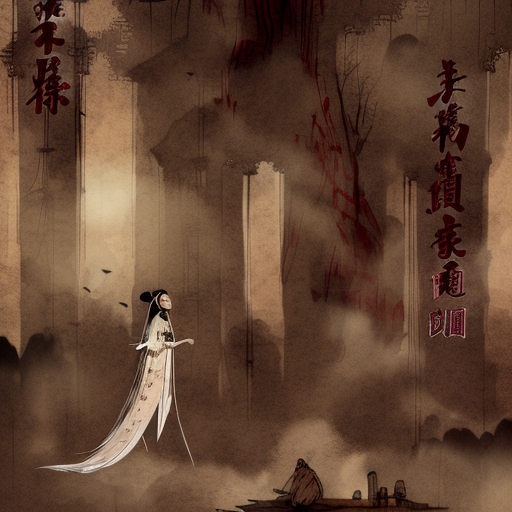One-line Summary:
“The Bonesetter’s Daughter” is a poignant and multigenerational tale that explores the complexities of family relationships, cultural identity, and the power of memory.
Family Secrets and Cultural Identity
“The Bonesetter’s Daughter” by Amy Tan delves into the intricate layers of family secrets and cultural identity through the lives of three generations of Chinese women. The story primarily revolves around Ruth Young, a Chinese-American woman living in San Francisco, and her mother, LuLing Liu Young, an immigrant from China. As Ruth struggles to understand her mother’s enigmatic past, she uncovers a hidden manuscript written in Chinese characters that reveals the story of LuLing’s tumultuous life.
LuLing’s narrative takes us back to her childhood in a small Chinese village, where she grows up under the care of her mother, Precious Auntie. Precious Auntie, a bonesetter and midwife, imparts her wisdom and traditional Chinese beliefs to LuLing, shaping her perspective on life and love. However, as LuLing’s life unfolds, she faces heartbreak, loss, and the challenges of living through a war-torn China.
The Power of Memory and Language
Throughout the novel, the theme of memory and its impact on one’s identity is prominent. LuLing’s struggle with Alzheimer’s disease further emphasizes the significance of memory in shaping one’s sense of self. As LuLing’s memories fade, Ruth becomes determined to preserve her mother’s story and heritage, recognizing the importance of understanding her own roots.
Language also plays a crucial role in the novel. The Chinese characters in LuLing’s manuscript serve as a bridge between the past and the present, connecting Ruth to her mother’s history. Ruth’s journey to decipher the manuscript becomes a metaphor for her quest to understand her mother and herself.
The Complexity of Mother-Daughter Relationships
“The Bonesetter’s Daughter” explores the complex dynamics of mother-daughter relationships, particularly between LuLing and Ruth. LuLing’s early abandonment of Ruth and her subsequent emotional distance create a strained connection between the two women. As Ruth uncovers her mother’s past, she begins to empathize with LuLing’s struggles and gains a deeper understanding of the sacrifices her mother made.
As the narrative unfolds, Ruth’s perspective on her own life and relationships shifts, leading to a reconciliation and a newfound appreciation for her Chinese heritage. The novel highlights the universal themes of forgiveness, acceptance, and the enduring bond between mothers and daughters.
Key Takeaways:
- Family secrets can shape our understanding of ourselves and our cultural identity.
- Memory plays a vital role in shaping our sense of self and preserving our heritage.
- Language can serve as a bridge between generations and cultures.
- Mother-daughter relationships are complex and require empathy and understanding.
- Forgiveness and acceptance are essential for healing and reconciliation.
“A mother is best. A mother knows what is inside of you,” – LuLing Liu Young
In “The Bonesetter’s Daughter,” Amy Tan weaves a rich tapestry of family, culture, and memory. Through the lives of LuLing and Ruth, the novel explores the enduring power of love, the complexities of identity, and the importance of understanding our roots. Tan’s evocative storytelling and vivid characters make this a compelling read that resonates long after the final page.












